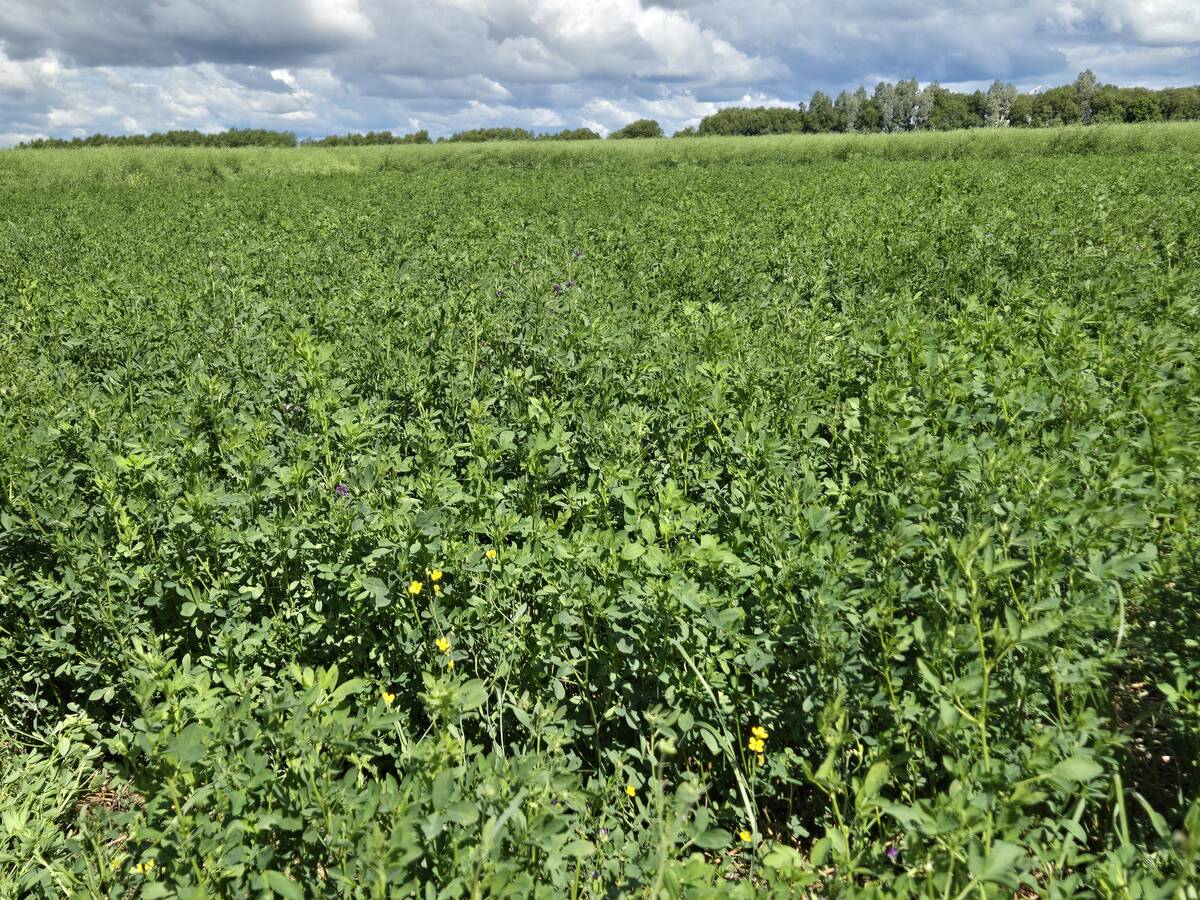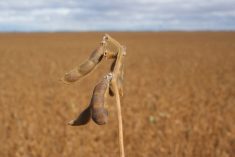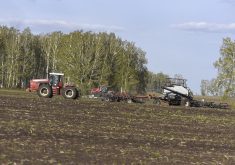While Prairie producers are expecting good growing conditions this year, other countries currently struggle with dryness
REGINA — Dry conditions are affecting South American crops, which in turn will affect markets, says agricultural meteorologist Drew Lerner.
The recent bump in corn and soybean prices has come from drier weather in Argentina and Brazil, the World Weather Inc. president told a Jan. 7 webinar. Uruguay and parts of Paraguay are also dry.
He said drier, warmer weather through January could cause problems, particularly in Argentina.
Read Also

Manitoba Parkland research station grapples with dry year
Drought conditions in northwestern Manitoba have forced researchers at the Parkland Crop Diversification Foundation to terminate some projects and reseed others.
“The majority of Argentina has pretty significant drying in the topsoil except Cordoba, which is good,” Lerner said.
Argentina had good moisture to the end of December and that will temper the dry topsoil a bit. The subsoil is in good shape.
Most of the summer grains and oilseeds produced in Argentina are in Cordoba, Sante Fe, Buenos Aires and Entre Rios, where subsoil moisture is hanging on.
However, he said warmer temperatures will prevail across the country and in the drier areas of southern Brazil through March.
Less precipitation can actually be a good thing for Brazil, which typically receives more rainfall than it needs.
“Brazil is looking at some very big crops, potentially,” Lerner said.
He expects the southernmost part of Brazil, in Rio Grande do Sul, will dry out, while the rest of the country remains “plenty wet.”
Summer planted crops should do well while more recently planted crops could face poor emergence and establishment.
Lerner said South American farmers are preparing to harvest early season sobyeans so they can plant the safrinha corn crop. That later season crop should fare well with timely rainfall.
However, he also warned that some safrinha corn could go in late because the soybeans were planted late. Soybean harvest could also be affected by the rain in Brazil and then the corn would be late as well.
He said the La Nina bias that currently exists could extend the rainy season later into April.
La Nina usually results in lighter yields in the region, but it is expected to be short lived this year.
Lerner said much depends on what happens in January and February.
Dry conditions are a concern in other regions of the world, such as northern Africa.
“The durum wheat crop there is in trouble, especially Morocco and northwestern Algeria,” Lerner said.
“They have not had planting moisture and it’s coming to the end of the planting season.”
This is the fourth year of drought in Morocco, and the country has no irrigation capacity.
Widespread rain was expected in Algeria and Tunisia last week to boost crops there.
Weak La Nina conditions have helped Indian crops along, although Lerner described conditions as “touchy” for some pulses, rapeseed, millet and sorghum.
“The wheat production area, I think, is going to do all right,” he said.
“The farther east you are in India’s north, the better the moisture will be.”
Timely precipitation will help some regions.
Persistent dryness in parts of eastern Ukraine, Russia’s south and western Kazakhstan is affecting winter crops as many didn’t emerge or establish.
The moisture profile improved recently, and Lerner said that offers potential for a turnaround as long as there is no winterkill.
“The dormancy is present now across the region, so there’s not much potential for crop development,” he said.
There is some frost in the ground, but it isn’t deep or dense, and temperatures have been above normal.
“I’m not terribly concerned about that crop, although the marketplace, certainly before the crops turned dormant, was quite concerned that their production would be down greatly,” he said.
Chinese wheat and rapeseed crops are also drying out. The rapeseed crop will need moisture starting in February and through March, and the region bears watching.
It’s possible China could be short of rapeseed, but it won’t be a disaster, said Lerner.


















